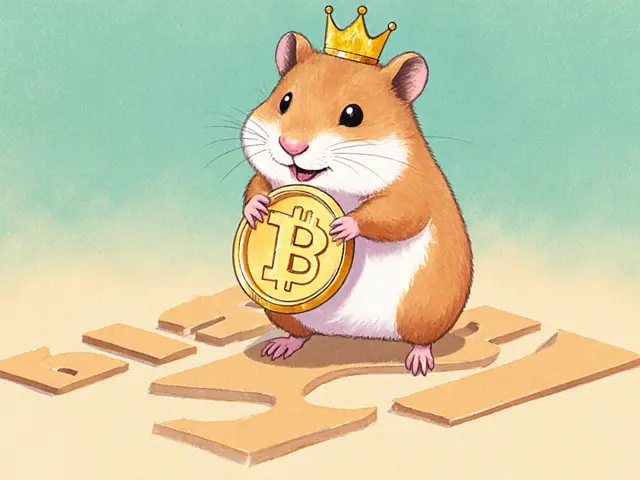Token Utility – The Engine Behind Modern Crypto Projects
When working with token utility, the practical purpose a token serves within its ecosystem. Also known as utility token, a token designed to provide access to a product or service, it bridges the gap between pure speculation and functional use. Token utility encompasses everything from payment rights and governance voting to staking rewards and airdrop incentives, making it the core metric that separates useful crypto projects from hype‑driven ones.
One of the first things to understand is how tokenomics, the economic model governing token supply, distribution, and incentives shapes utility. A well‑balanced tokenomics plan defines total supply, inflation rate, and reward mechanisms that directly affect a token’s usefulness. For example, a token that grants voting power in a DAO leverages tokenomics to align holder interests with protocol governance, while a token used for transaction fees must maintain low volatility to be practical for everyday payments.
Staking adds another layer of purpose. When users lock up tokens to support network security or provide liquidity, they earn rewards—this is called staking, the process of holding tokens to earn passive income and help secure a blockchain. Staking turns a passive asset into an active participant, reinforcing the token’s role in consensus and creating a feedback loop where higher utility drives more staking, which in turn strengthens the network.
Airdrops and Real‑World Adoption
Airdrops serve as a distribution method that can instantly boost a token’s utility by seeding it into a community. When a project launches an airdrop, a free token distribution to eligible wallets, it aims to increase awareness, encourage early adoption, and jump‑start network effects. However, the true value of an airdrop hinges on the token’s underlying utility—recipients will only hold onto the token if it offers tangible benefits like access to services, voting rights, or staking returns.
Putting all these pieces together, we see a clear semantic chain: token utility encompasses utility tokens, tokenomics defines the economic framework, staking activates holders, and airdrops spread the token to a wider audience. This chain explains why a token with strong utility often enjoys higher liquidity, better community engagement, and more sustainable growth. Below, you’ll find a curated collection of articles that dive deep into specific token utility cases—from yacht‑backed OSEAN to gaming rewards in ART token airdrops—showing how these concepts play out in real projects. Explore the posts to see practical examples, risk assessments, and step‑by‑step guides that bring token utility to life.

Learn how to evaluate crypto projects using a tokenomics analysis framework. This step-by-step guide covers supply, distribution, utility, incentives, governance, and monetary policy, plus a handy checklist.
Jonathan Jennings Oct 11, 2024




